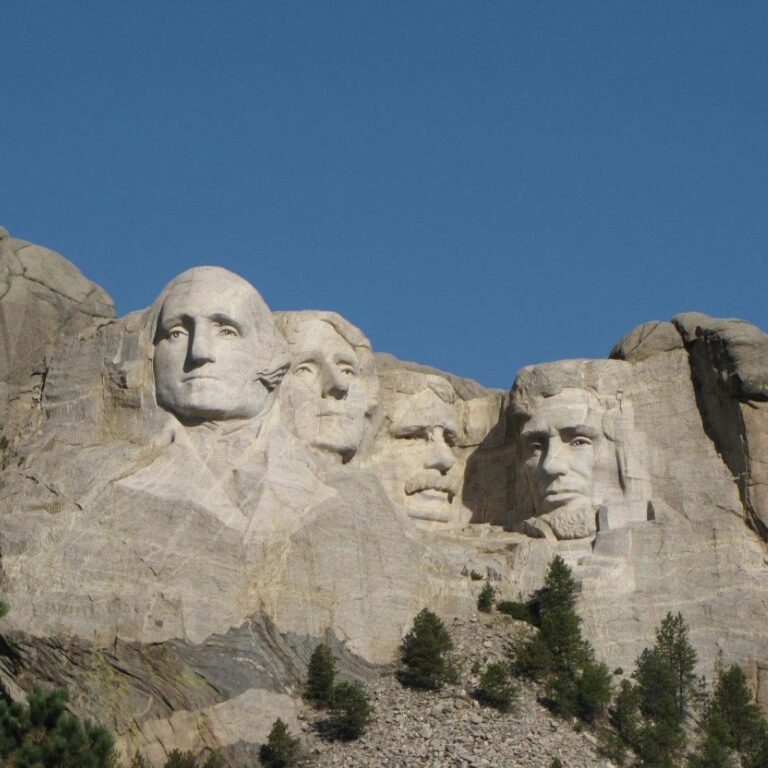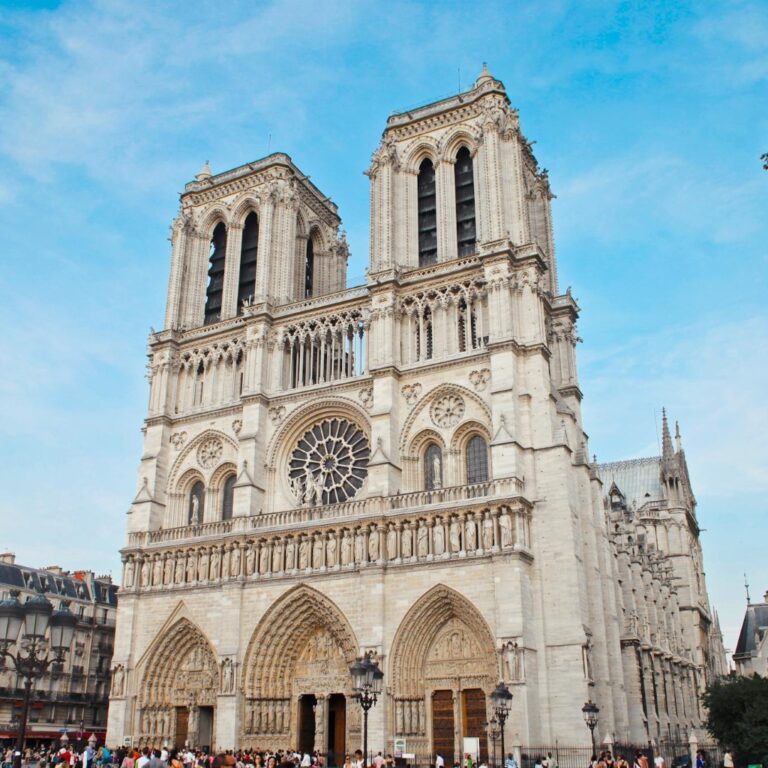Mount Rushmore is located in the Black Hills of South Dakota and features the faces of George Washington, Thomas Jefferson, Theodore Roosevelt, and Abraham Lincoln.
The monument was designed by sculptor Gutzon Borglum and construction began in 1927, taking 14 years to complete.
The original plan included full-length carvings of the presidents, but lack of funding led to the completion of just their faces.
Each president's face is about 60 feet (18 meters) tall, with each eye measuring about 11 feet (3.4 meters) across.
More than 400 workers helped carve the monument, using dynamite for the rough work and jackhammers and chisels for the finer details.
Mount Rushmore was originally known to the Lakota Sioux as the 'Six Grandfathers' and is considered sacred land.
The monument attracts more than 2 million visitors each year, making it one of the most popular tourist destinations in the United States.
The sculpture cost approximately $989,992 to complete, which would be around $18 million today after adjusting for inflation.
Gutzon Borglum chose the four presidents because he believed they represented the most important events in U.S. history.
A hidden chamber called the 'Hall of Records' was planned behind the monument to store important historical documents, but it was never completed.
Mount Rushmore was added to the National Register of Historic Places in 1966.
The granite on which the monument is carved is estimated to be about 1.6 billion years old.
The monument has undergone several preservation efforts to address erosion and maintain its appearance.
In addition to the main sculpture, the Mount Rushmore National Memorial includes a museum and visitor center that provides information about the monument's history and construction.
Mount Rushmore has been featured in numerous films, TV shows, and books, cementing its place in American popular culture.



